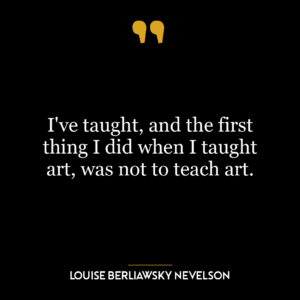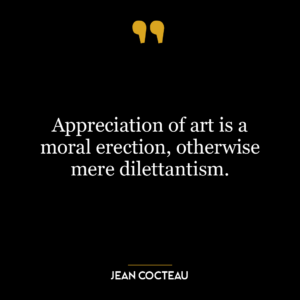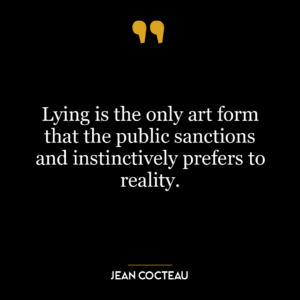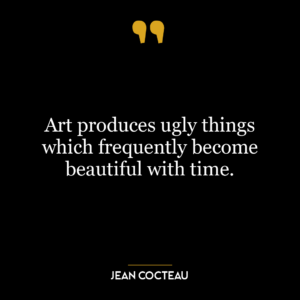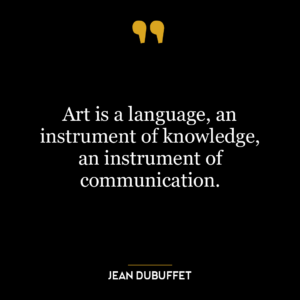This quote suggests that the highest skill a teacher can possess is the ability to inspire students and ignite within them a passion for learning and creativity. The teacher is not merely a dispenser of information, but a catalyst for curiosity, creativity, and the pursuit of knowledge. The joy referred to in the quote is not simply momentary happiness, but a deep, enduring love for learning and creative expression.
In the context of creative expression, the teacher’s role is to cultivate an environment where students feel free to express their ideas and thoughts. This could mean encouraging students to think outside the box, fostering a safe space for sharing ideas, or providing resources and opportunities for students to explore their creative interests.
In terms of awakening joy in knowledge, it means making learning an exciting and rewarding experience. This could involve connecting the material to real-world contexts, using interactive teaching methods, or showing enthusiasm for the subject matter. The teacher’s passion and excitement can be infectious, sparking a similar passion in their students.
This concept is highly relevant in today’s world, where education is not just about acquiring facts, but about developing critical thinking skills, creativity, and a lifelong love for learning. In a rapidly changing world, the ability to think creatively and adapt to new situations is more valuable than ever.
From a personal development perspective, this quote reminds us of the importance of maintaining a sense of curiosity and a love for learning throughout our lives. It encourages us to seek out mentors and teachers who can inspire us and awaken our joy in learning and creativity. It also reminds us that we, too, can be teachers in our own right, inspiring others through our passion and enthusiasm.
Overall, this quote emphasizes the transformative power of education and the central role of the teacher in shaping not just the minds, but the hearts of their students.







